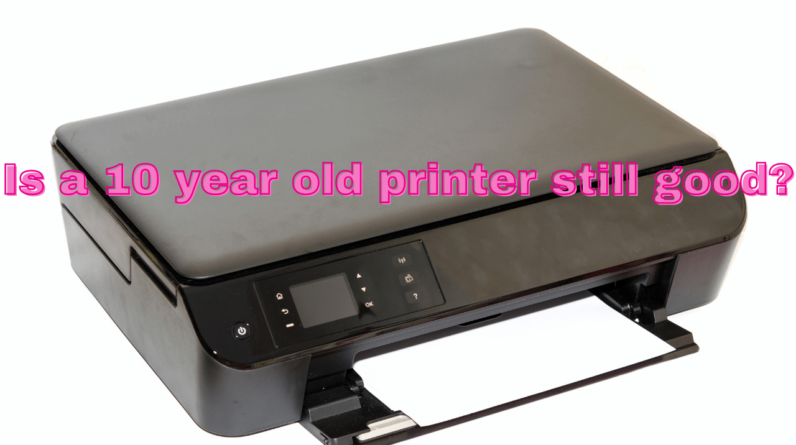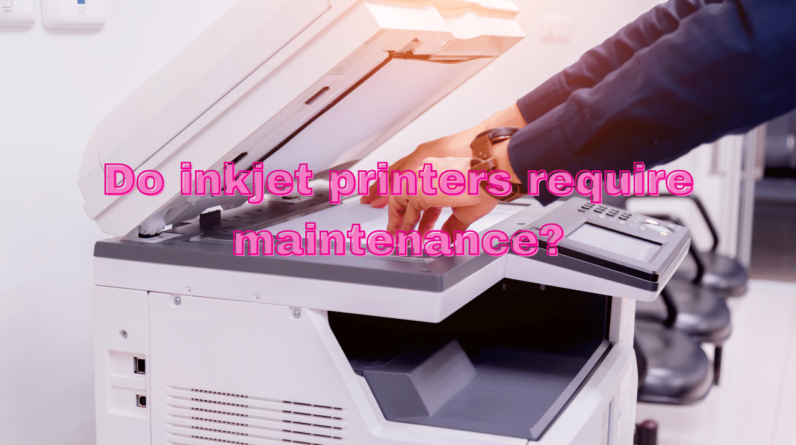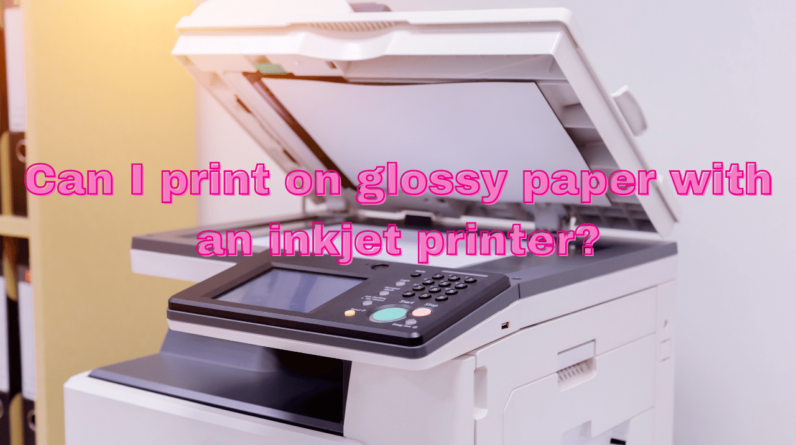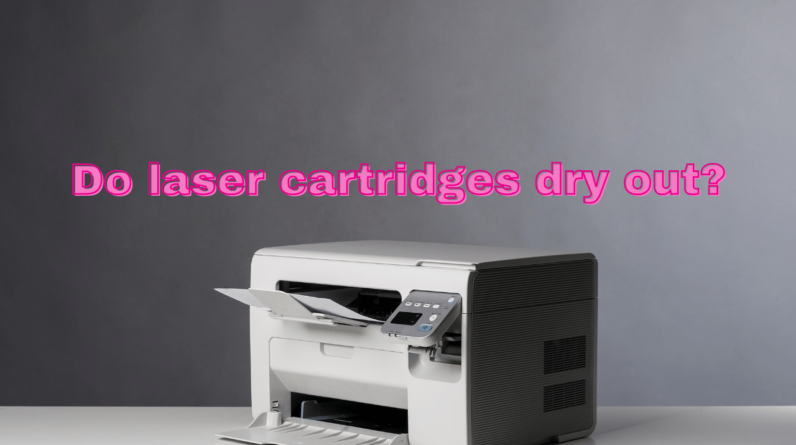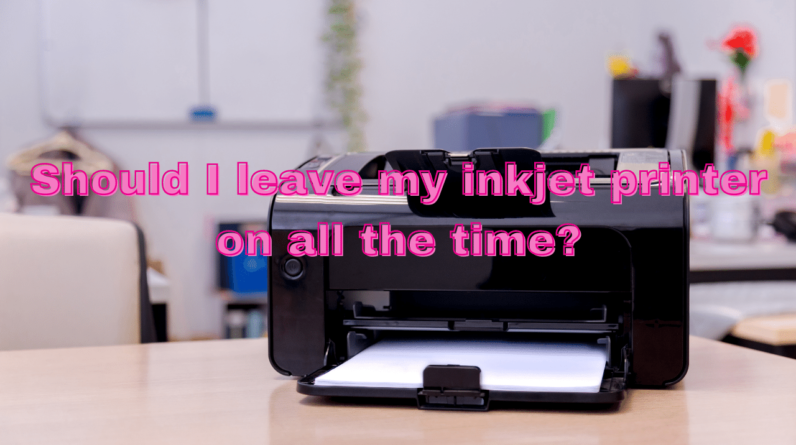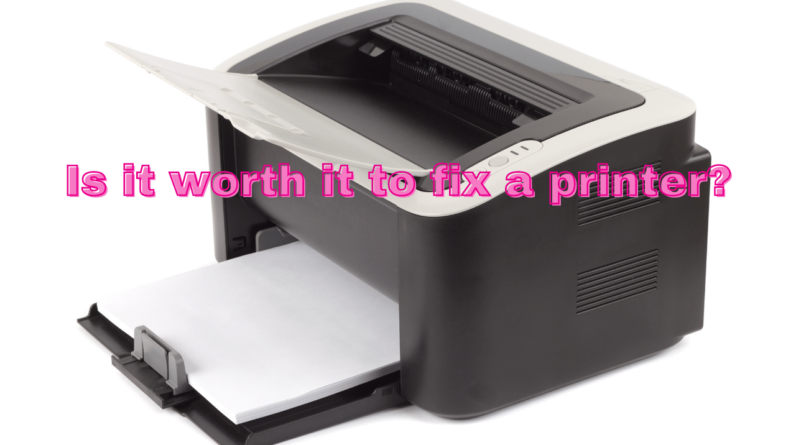
Disclaimer: This post may contain affiliate links. As an Amazon Associate, we earn from qualifying purchases.
Thinking about fixing your printer? Wondering if it’s really worth the effort? Look no further! In this article, we will explore the pros and cons of repairing a printer, helping you make an informed decision. With our practical tips and insights, you’ll have a clear understanding of whether it’s worth it to fix that troublesome printer or consider alternative options. Don’t waste any more time and money – let’s dive in and find out!

This image is property of images.unsplash.com.
Factors to Consider
When determining whether it is worth it to fix a printer, there are several factors that you should take into consideration. These factors include the cost of repair, age of the printer, frequency of use, type of printer, availability of parts, warranty coverage, environmental impact, and the decision between DIY repair and professional help. By closely examining these factors, you will be able to make an informed decision on whether fixing your printer is the best course of action.
Cost of Repair
The cost of repair is one of the most important factors to consider when deciding whether to fix a printer. You should compare the cost of repair to the cost of purchasing a new printer, taking into account the specific repairs that are needed. If the repair cost is significantly lower than the cost of a replacement printer, it may be a worthwhile investment to fix your printer. Additionally, consider the cost of replacement parts that may be required for the repair. If these parts are relatively inexpensive and easy to obtain, it may be more cost-effective to fix your printer.
Age of the Printer
The age of your printer is another crucial factor to consider when deciding whether to repair it. Is your printer technologically outdated? If so, you may want to consider investing in a new printer that offers more advanced features and capabilities. Additionally, consider the expected lifespan of your printer. If your printer is already approaching the end of its expected lifespan, it may be more practical and cost-effective to replace it rather than investing in repairs.
Frequency of Use
The frequency of use of your printer can also impact your decision to fix it. If you use your printer regularly and heavily, it is more likely to experience wear and tear and potential issues. In such cases, repairs may become more frequent and costly. However, if your printer is only used occasionally, repairs may be less necessary and you may be able to prolong its lifespan with proper maintenance and occasional repairs.

This image is property of images.unsplash.com.
Type of Printer
The type of printer you own can also influence your decision to repair or replace it. Consumer-grade printers are typically less expensive and designed for personal use. They may be more affordable to repair, but they may also have a shorter lifespan and limited capabilities. On the other hand, business-grade printers are often more expensive to purchase and repair, but they are designed for heavy use and tend to have better durability and performance. Lastly, specialized printers, such as large format or 3D printers, may require more specialized repairs and replacement parts, which can impact the overall cost and availability of repairs.
Availability of Parts
The availability of parts is another important factor to consider when deciding whether to repair your printer. Easily accessible parts make it easier and more affordable to repair your printer, as you won’t have to wait for long periods or pay high costs to source the necessary components. However, if your printer model is obsolete or the manufacturer does not provide adequate parts support, it may be challenging to find the necessary parts for repair. In such cases, repairing the printer may not be a feasible option. Additionally, consider third-party compatibility, as some printers may have alternative parts available from third-party suppliers.

This image is property of images.unsplash.com.
Warranty Coverage
Check whether your printer is still under warranty when considering repairs. If it is, you may have the option to have the repairs done free of charge or at a reduced cost. However, it is essential to review the terms and conditions of the warranty to understand what repairs are covered and under what circumstances. Keep in mind that warranties usually have specific time limits, and extended warranty options may be available for an additional cost. Assessing the warranty coverage can help you determine if the repairs are worth it financially.
Environmental Impact
While not directly tied to the financial aspect of printer repair, considering the environmental impact is significant. Repairing a printer instead of throwing it away can contribute to sustainability efforts by reducing electronic waste. Many printer components are recyclable, and various manufacturers provide recycling programs. Additionally, some repair services prioritize eco-friendly practices, increasing the environmental benefits of choosing repairs over replacement. Considering the environmental impact can help you make a more responsible decision when it comes to fixing your printer.
DIY Repair vs. Professional Help
When faced with a malfunctioning printer, you may be tempted to attempt a DIY repair. However, it is crucial to assess your skills and knowledge before embarking on this path. DIY repairs require a certain level of technical expertise and familiarity with the specific printer model. Without the necessary skills, you risk causing further damage to your printer. Moreover, DIY repairs may not always be cost-effective, as you may spend a significant amount on tools and replacement parts. Alternatively, professional repair services offer expertise, ensuring that your printer is repaired correctly and efficiently. The cost of professional repair should be considered against the potential risks and expenses of DIY repairs.
Conclusion
When deciding whether it is worth it to fix a printer, there are several factors to consider. These factors include the cost of repair, age of the printer, frequency of use, type of printer, availability of parts, warranty coverage, environmental impact, and the choice between DIY repair and professional help. By carefully evaluating each factor and weighing the pros and cons, you can make an informed decision that aligns with your budget, needs, and sustainability goals. Whether you choose to repair your printer or opt for a replacement, it is important to make an economically and environmentally conscious decision.


